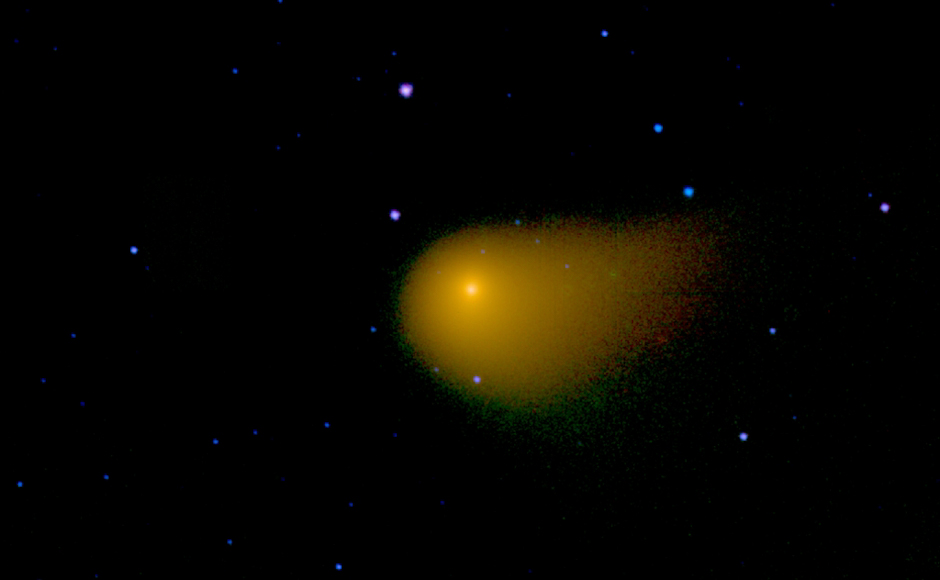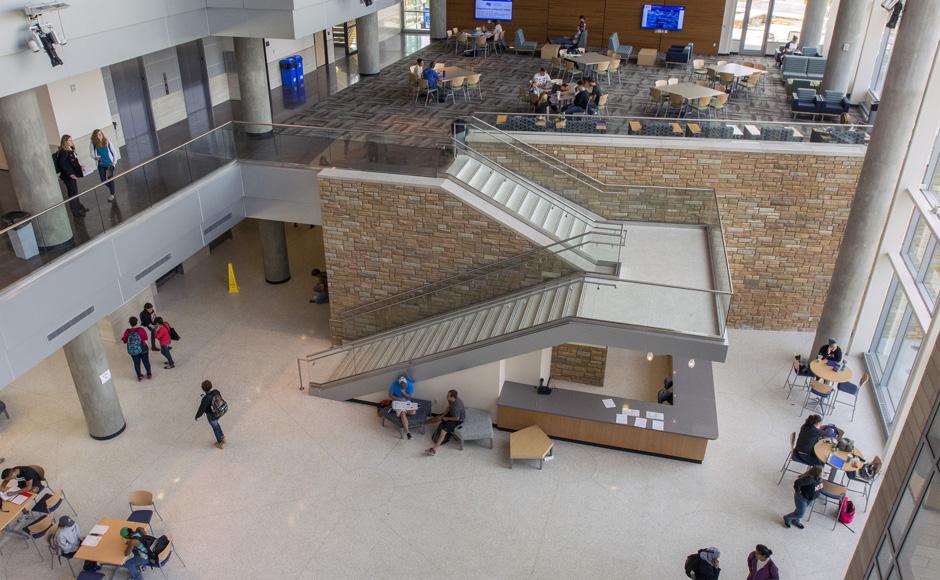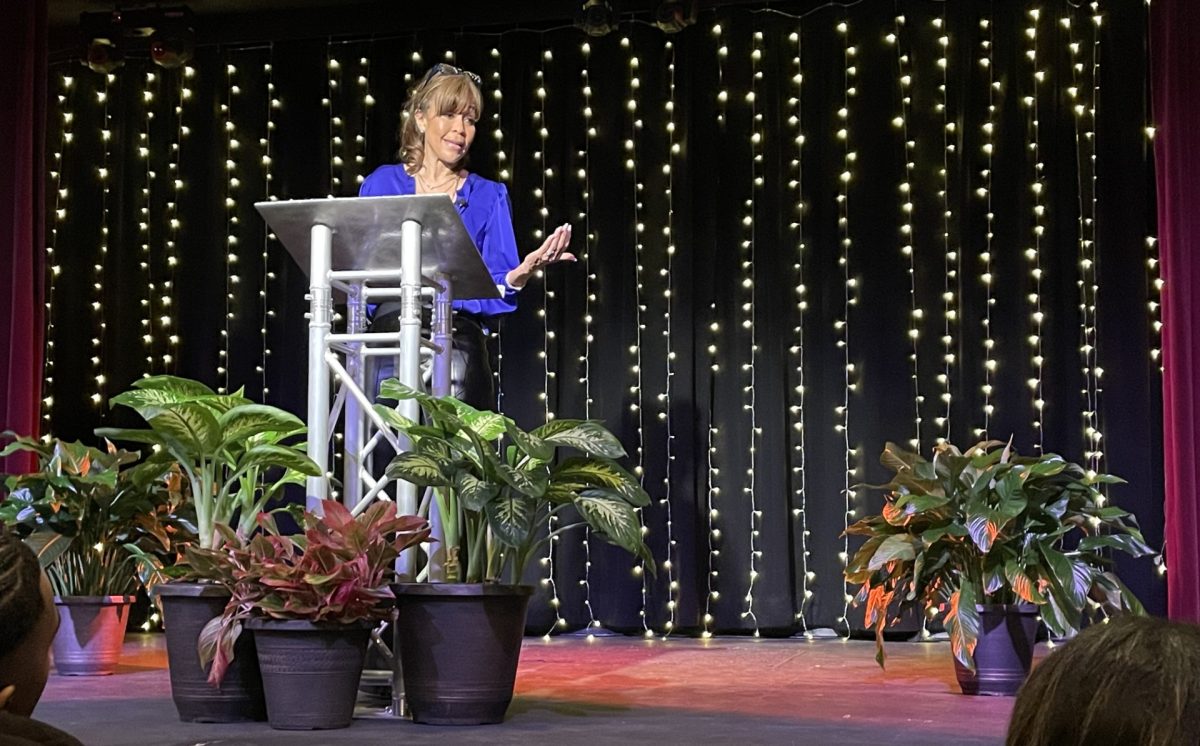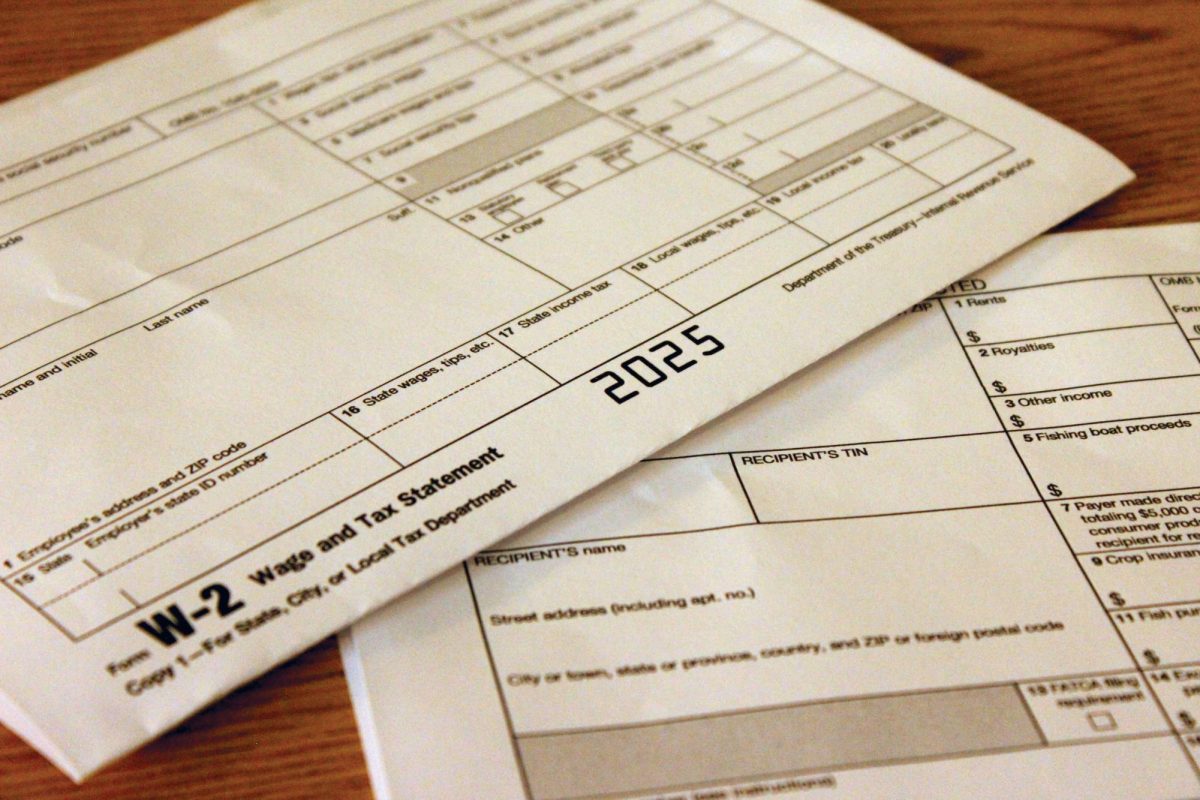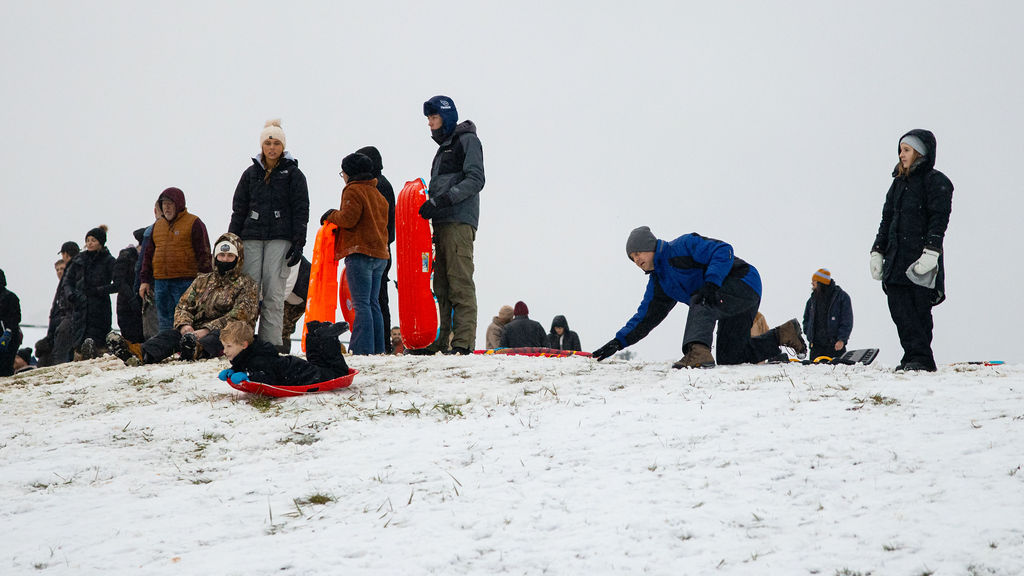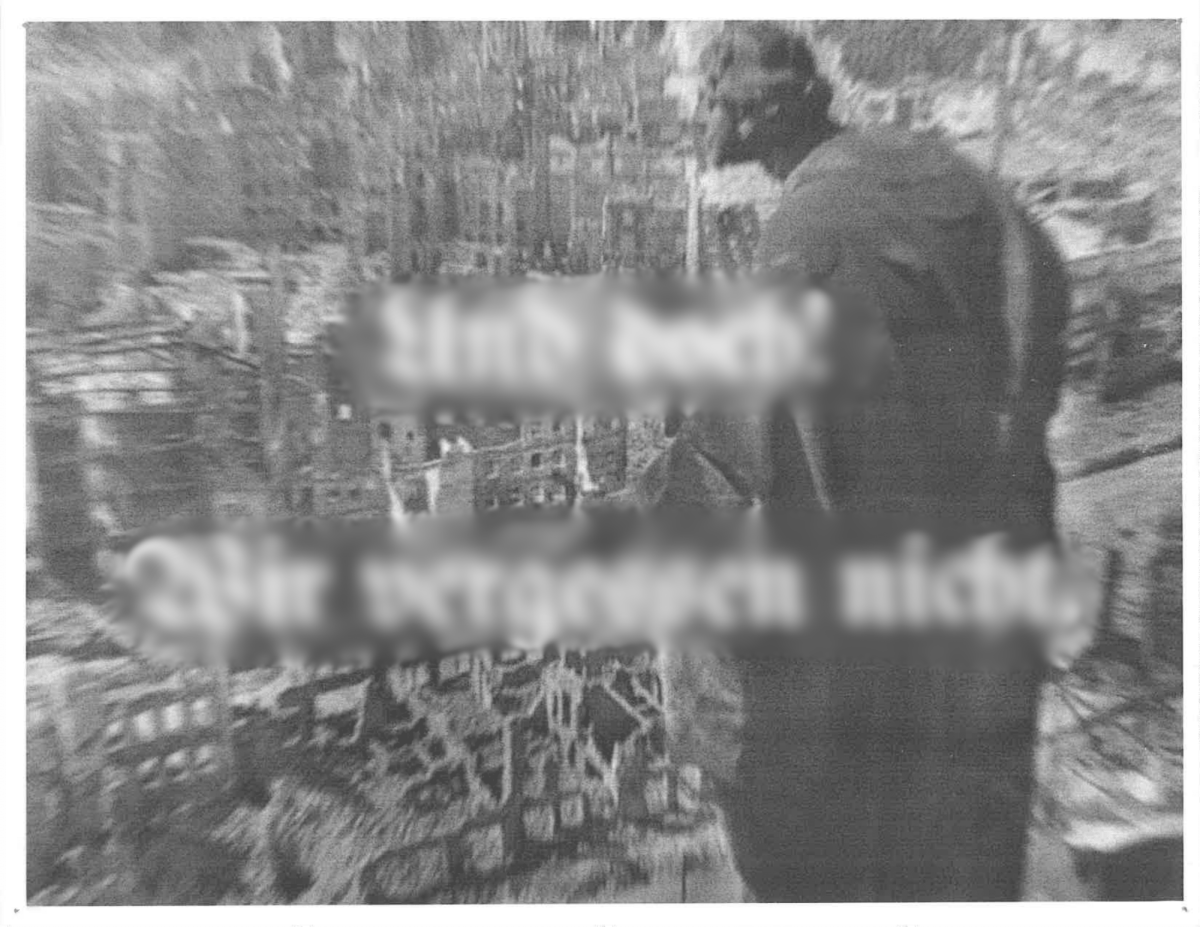Photo courtesy of NASA
Story by Emily Blalock / Contributing Writer
Jana Ruth Ford delivered a presentation entitled “Small Objects in the Solar System” in the Wiser-Patten Science Hall Friday night.
The lecture was part of the Physics and Astronomy Department’s monthly Friday Night Star Parties. The first Friday of every month, a different professor teaches a different topic in the field of astronomy, and then audience members are invited to use the on-campus observatory.
Ford began her lecture by passing out handouts to audience members with information about our solar system.
“Tonight I’m going to be speaking about bodies that are, well, small in our solar system. And because they are small, they are often thought of as insignificant,” she explained.
She talked about how scientists attempt to classify objects in space in order to better understand them, but these categories often change as we learn more information.
“We need to tighten up our definitions. And that’s what they were trying to do with the small solar system bodies… tighten up what things are so we could get the categories straight. But the more that we learn about things in our solar system, the more we’ve learned that they don’t want to be categorized,” she said.
She also defined what some small objects in space include.
“A meteoroid is anything in space that’s a bit rocky, metallic, could be carbonaceous, could even be icy like a comet,” she said. “Meteors are the plasma trails we see in the sky from a shooting star.”
She also explained the hypothesis of the existence of the Oort Cloud, which is considered to be the origin of observable comets. By studying these small objects, she explained, scientists are able to understand our solar system in more depth.
“So people who think that the solar system is done with. They’re moving on to stars and galaxies.. there’s a lot we cannot answer,” she said. “These again are small objects, so far from us that we can’t see that with binoculars or telescopes from Earth. They’re just too small (and) dim, but definitely not insignificant. And they’re teaching us a lot.”
Dixie Whitley, an audience member who had previously taken an astronomy class at MTSU several years ago, tries to come to every Friday Night Star Party Lecture that she can.
“We find it to be different every time, and it’s really interesting,” she said. “… Mostly we think of the big planets and the big suns and the large galaxies and stuff, but this was kind of refreshing to think about all the other stuff that we don’t normally think about.”
The event was free and open to the public. Due to the weather, the observatory could not be used. The next Friday Night Star Party Lecture will be held on May 3, and Irina Perevalova will discuss the 50-year anniversary of the moon landing.
To contact News Editor Angele Latham, email [email protected].
For more news, visit www.mtsusidelines.com, or follow us on Facebook at MTSU Sidelines or on Twitter at @Sidelines_News


